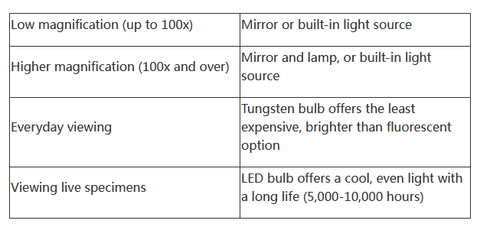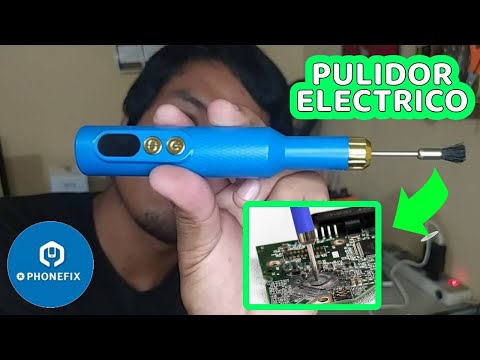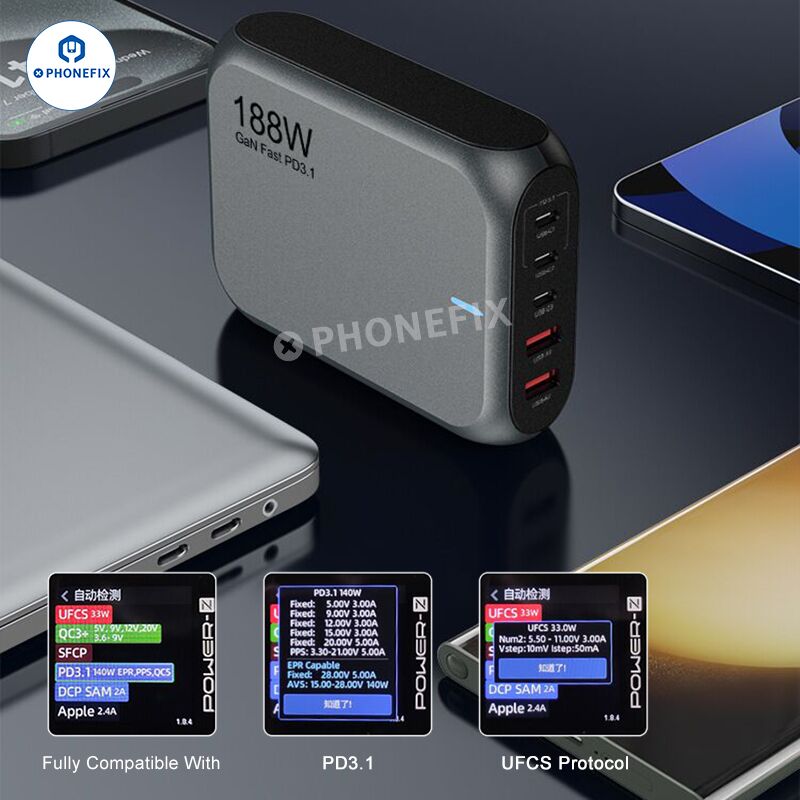That’s why we have put together this guide so that you can get an overview on what’s available in the market and a look into the type of microscope which fits your needs before you make a purchase.
Do you really know what kind of microscope you need? Before read the article, check it out.
| Factors to Consider | Your answer |
| Q 1: Compound or stereo microscope | |
| Q 2: Age range using the microscope | |
|
Q 3: Illumination needed 1. Low or high magnification 2. Tungsten or LED bulb |
|
|
Q 4: Head type 1. Number of heads – monocular, binocular or trinocular 2. Inclined or vertical head 3. Linking to a computer or display – yes / no |
Have you got your answer? if you are confused about those questions, keep reading you will get information soon and make you choice quickly.
There are so many factors to take into consideration which may depend on what you are planning to use the microscope for as well as your age and profession or study.
Digital Microscopes
Digital microscopes can be either be stereo or compound. What puts the digital variety up on the pedestal is their ability to capture both still and video images.
The captured images can be displayed in an external monitor after observation. Digital LCD screens microscopes are becoming a favorite among students, teachers and cell phone repair tutors.

The reason for which lies in the fact that images are automatically seen onscreen, which makes sharing information easier and faster, providing an interactive, learning experience.
Stereo Microscope
Stereo microscopes can be integrated microscopes or, increasingly often, are modular in the sense that different stereo microscope bodies can be assembled with different bases.
They are available in one of two configurations: dual power or zoom. In some case, microscopes have two magnification options, for example 20x-40x.
In a zoom microscope, there is a continuous zoom range from the lowest power to the highest power. For example, from Trinocular Stereo 6.5x to 65x Zoom Microscope.

You will need a stereo microscope to view more substantial specimens such as insects, bugs, leaves, rocks, gems, etc.
Typically, such specimens require lower power, magnification ranges from 6.5x-45x. Hence they are also known as low power microscopes. By definition, a stereo microscope has at least two eyepieces (binocular), and provides a three-dimensional image of the specimen.
Who will be using Microscope?
Ask yourself who is using it, to ensure the right balance of value for money and functionality.
1. Pre-16 students Post-16 students
All Phonefix microscopes are designed to meet the needs of secondary school students.
For absolute beginners we recommend the economy 1600X USB Digital Microscope Magnifier.

2. College and University students
An advanced microscope such as:
Compound – LED light for more demanding use, such as the TELMU 40X-1000X Student Lab Microscopes Dual With LED Illumination
Stereo - a digital compound stereo microscope, which has digital imaging capabilities to enable students to document their findings.
3. Teacher/Demonstrator
A trinocular microscope, any Phonefix microscope with an integrated digital camera, or a standard microscope with an eyepiece camera.
4. Other educational, industrial, or hobbyist
Ask our technical support team via Whatsapp: (+86)18173683928.
What type of Microscope illumination is needed?
Think about what kind of magnification is to be used and the kind of items the microscope will be used to view, which will determine the light source and bulb type.

How will the microscope be used?
Sitting or standing, using the microscope for extended periods of time, linking to a computer, or a third person viewing. How the microscope is used influences the kind of head needed.

Once all the questions above are considered, you can buy a microscope now.
If you have any questions about choosing the right microscope for your school, please contact our Technical Support Team via Whatsapp: (+86)18173683928 OR https://www.facebook.com/PHONEFIXTeam












